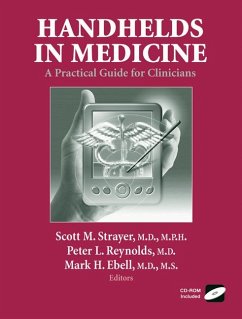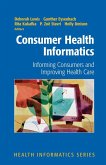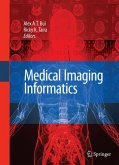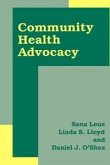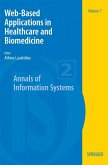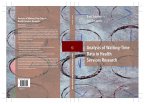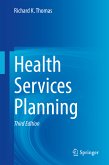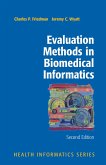This comprehensive how-to guide targets all levels of handheld computer users from novices to experts. It is designed with easy-to-understand hands-on exercises that walk readers through each new skill presented. For beginners, the first section is devoted to "getting to know your handheld," choosing or upgrading a handheld computer, and the basics of handheld operation. There's also a comprehensive chapter on downloading and installing software.
Futher sections delve into different types of medical and nonmedical software, Internet and evidence-based resources for medical handheld computing, and, finally, advanced topics such as designing custom software and going wireless. Even the most advanced user will find a lot to learn in this book.
Tired of handwriting your prescriptions, seraching for your peak flow slide rule or obstetrical wheel, or using index cards for billing while on rounds? You'll learn how to do all these things and more on your handheld, including patient record keeping, medical calculations, electronic prescribing, electronic billing, and database programming. Use of handheld computers in large practices and residencies is highlighted as well, and a chapter on teaching others to use handheld computers rounds out this definitive guide.
Dieser Download kann aus rechtlichen Gründen nur mit Rechnungsadresse in A, B, BG, CY, CZ, D, DK, EW, E, FIN, F, GR, HR, H, IRL, I, LT, L, LR, M, NL, PL, P, R, S, SLO, SK ausgeliefert werden.
"The editors have organized 20 chapters ... into a worthwhile text on handheld computer use in medicine. ... Key points, explicit hands-on exercises, and abundant screen shots are particularly strong features. ... Any health care professional (doctor, nurse, student) with patient care responsibilities ... will appreciate this informative resource." (Thomas G. McLeod, Mayo Clinic Proceedings, Vol. 80 (6), June, 2005)

